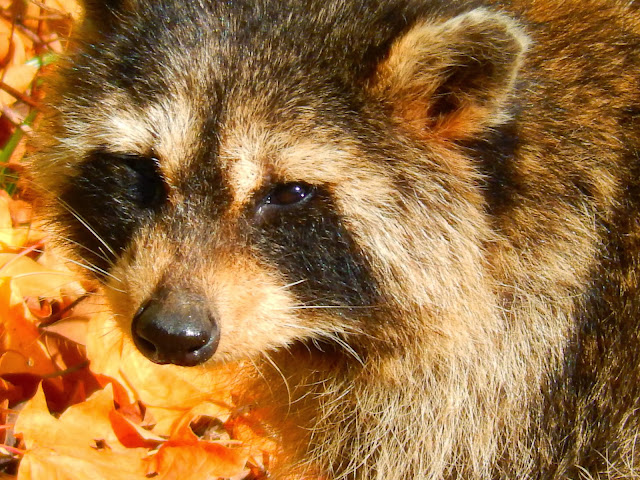Tuesday, October 29, 2013
Thursday, October 24, 2013
A New, Old Van
Tuesday, October 22, 2013
Sunday, October 13, 2013
Jared's 47-Inch Muskie
Tuesday, October 8, 2013
An Albino?
Friday, October 4, 2013
A Hummingbird's Beak & Tongue
The bill of the Ruby-throated Hummingbird is one of its most distinctive features. It measures about 15-20mm in length and can open no more than about 1cm wide at the tip. The hummingbird has considerable control of its bill and can open just the tip. The bill protects a long tongue (below) with a brushy tip that is used by the hummingbird to lap up nectar; the hummingbird does NOT suck up liquid using its beak as a straw. The tongue itself splits in the floor of the mouth and the two rear forks wrap under the jaw, behind and over the head, and insert in the front of the bird's skull (see skull photo above and skeleton photo below). The mouth contains only a few taste buds and salivary glands.
| The tongue (right) of theRuby-throated Hummingbirdis split (below right) and somewhat broadened and brushy at the tip, allowing capillary action to draw in more fluid. A hummingbird laps up nectar with its tongue by extending and contracting it up to 13 times per second.Hummingbirds do NOT use the tongue and bill as a straw. | All photos & text © Bill Hilton Jr. & Operation RubyThroat All photos & text © Bill Hilton Jr. & Operation RubyThroat |
All photos & text © Bill Hilton Jr. & Operation RubyThroat
I also learned on this website that hummingbirds' tongues have grooves on the sides that collect nectar and when the bill constricts, they can swallow the nectar from flowers and feeders.
Wednesday, October 2, 2013
A Unique Hummingbird Photo
 |
| I've taken many photos of hummingbirds but never got one like this before. |
 |
| This picture, although pretty typical, is worth sharing. |
Subscribe to:
Posts (Atom)





















